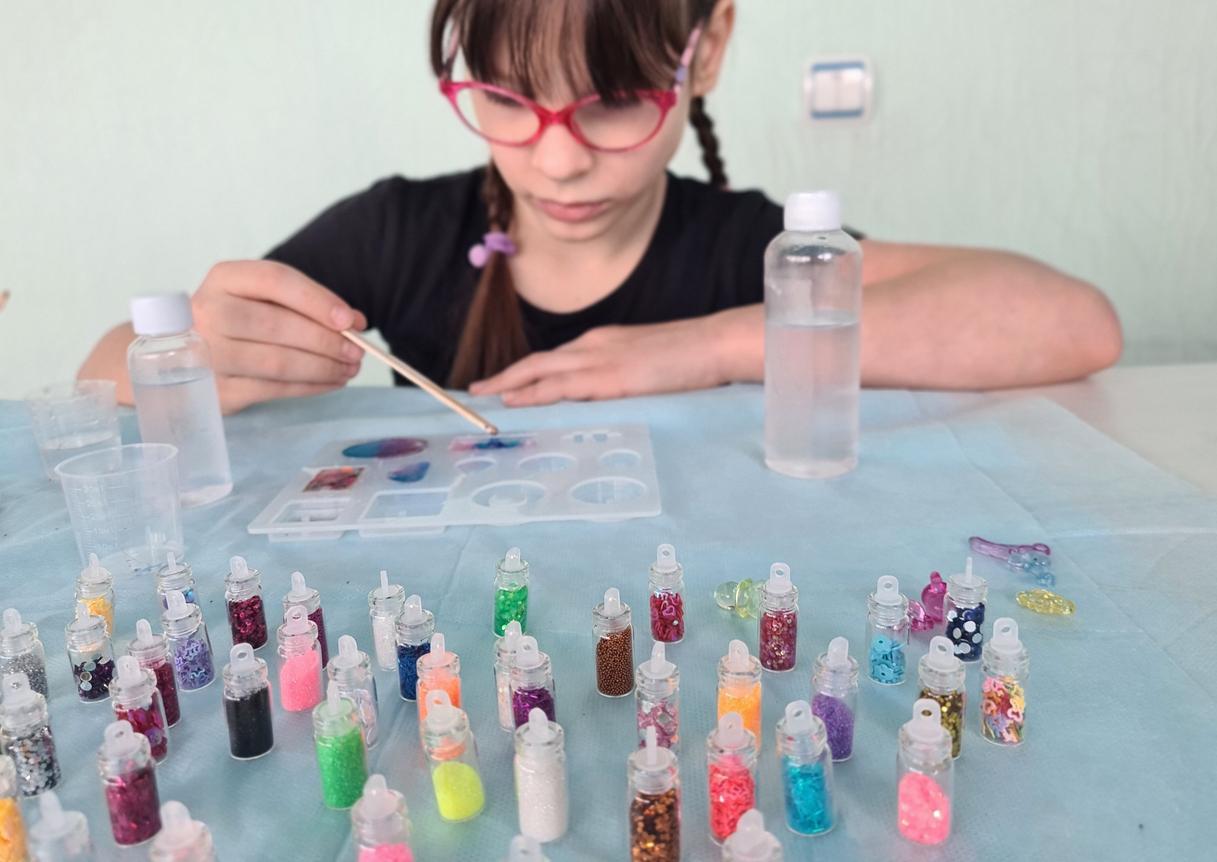A new study reveals that most of the inactive compounds in the drugs are actually likely to trigger allergic reactions or discomfort in some patients.

Do you really know what the pills, tablets and other syrups you swallow to treat yourself when you are sick contain? The question deserves to be asked when we know that most of the drugs available over the counter or on prescription contain, in addition to the active ingredients, inactive compounds which help to stabilize the drug or facilitate its absorption.
These inactive compounds, which can make up more than half of a pill’s mass, are mostly benign. But it can also happen that they trigger allergic reactions or irritation in patients, reveals a new study from MIT and Brigham and Women’s Hospital published in the journal Science Translational Medicine.
Worse: in most cases, doctors have no idea what ingredients are included in the pills they prescribe to their patients, due to the so many different formulations available for any given drug. “For most patients, it does not matter if there is some lactose, some fructose or starch. However, there is a subpopulation of patients, whose size is currently unknown, who will be extremely sensitive to these substances and will develop symptoms triggered by the inactive ingredients”, explains Daniel Reker, one of the main authors of the study.
Gluten, lactose, peanut oil, chemical dyes…
An assistant professor in the Department of Mechanical Engineering at MIT, a gastroenterologist at Brigham and Women’s Hospital, and the study’s lead author, Dr. Giovanni Traverso began looking into this question about five years ago following an experiment involving a patient he was helping to treat. The patient, who had celiac disease, reacted badly to omeprazole, a common acid suppressant used to treat stomach ulcers.
The specific drug formulation the patient was taking contained gluten. However, this information was only available from the manufacturer at the time. A week after starting treatment, the patient reported feeling sick right after swallowing the pill. “It really made me realize how little we know about tablets and the potential adverse effects they can have,” says Dr Traverso, who believes there is “a huge underestimation of the potential impact that inactive ingredients can have.”
Currently, when doctors write a prescription, they specify the type and dosage of the active pharmaceutical product. Nothing, however, obliges them to mention the inactive compounds. This is further complicated by the fact that many drugs come in dozens of different formulations. As for drug inserts, they usually list the inactive ingredients, but not the amounts for each of them.
93% of medicines contain allergens
According to the study authors, such intolerance to a particular inactive compound is certainly widespread, although exact figures cannot be given. They are based in particular on the analysis of certain medical studies describing patients presenting allergic reactions to the treatment, such as bloating or stomach aches. These cases could even be particularly frequent in people over 65, since 30% of them take at least five tablets a day, which could allow the accumulation of essential ingredients.
Researchers also sought to learn more about inactives found in prescription and over-the-counter medications. Using a database called Pillbox, they were able to determine the composition of nearly every prescription and over-the-counter drug available in the United States. They found that for most drugs, more than half of the pill is made up of inactive ingredients, and for some, up to 99%. They also found that about 93% of the drugs contain allergens like peanut oil, lactose, or dyes, and almost all of them contain compounds that some patients can’t tolerate, like gluten and certain types of sugar. About 55% of medications contain sugars called FODMAP sugars, which can trigger allergic reactions.

.















